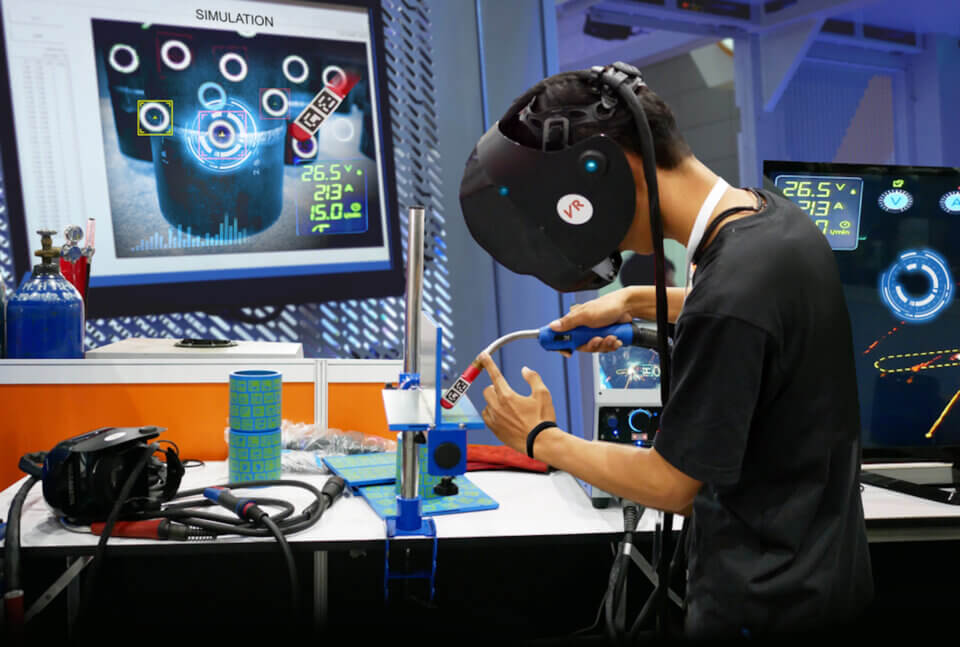AI avatars are transforming brand interactions by offering a level of personalization and personality that resonates with modern consumers, particularly Gen Z.
Metaverse Insights
Welcome to our hub for all things metaverse. Here, you can explore trends, insights, use cases, examples, and more. Discover its profound influence across industries worldwide and uncover its pivotal role in shaping immersive digital landscapes.

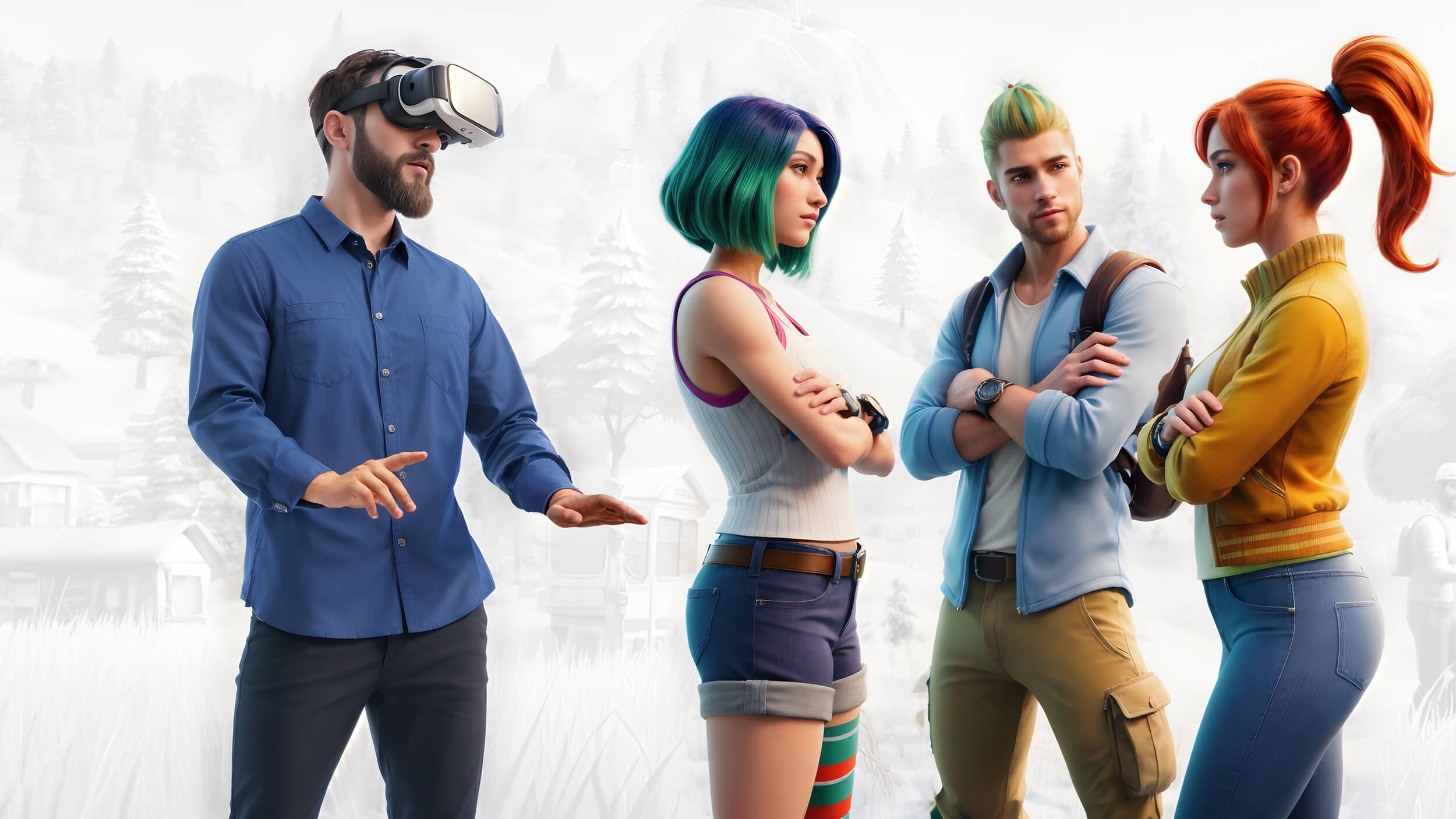
What is the Metaverse?
Imagine a 3D internet. Instead of browsing websites, you enter virtual worlds and interact with others as avatars. This is the metaverse. It’s a dynamic, open, and interoperable space where users interact, play, and work—a digital universe. It merges Augmented Reality, Virtual Reality, and the internet, offering immersive experiences that span all walks of life from social connections and networking to entertainment and shopping.

How does the metaverse work?
The metaverse works through an interconnected network of virtual environments that relies on a complex infrastructure. In providing the user with a fully immersed experience, it amalgamates various platforms, applications, and devices. Decentralized platforms ensure open access via blockchain, while cloud networks render immersive 3D worlds. This interconnectedness enables seamless transitions between experiences.
Metaverse examples
The metaverse is weaving its way into various aspects of our lives. In the process, it’s revolutionizing a range of sectors and businesses. Here are some examples:
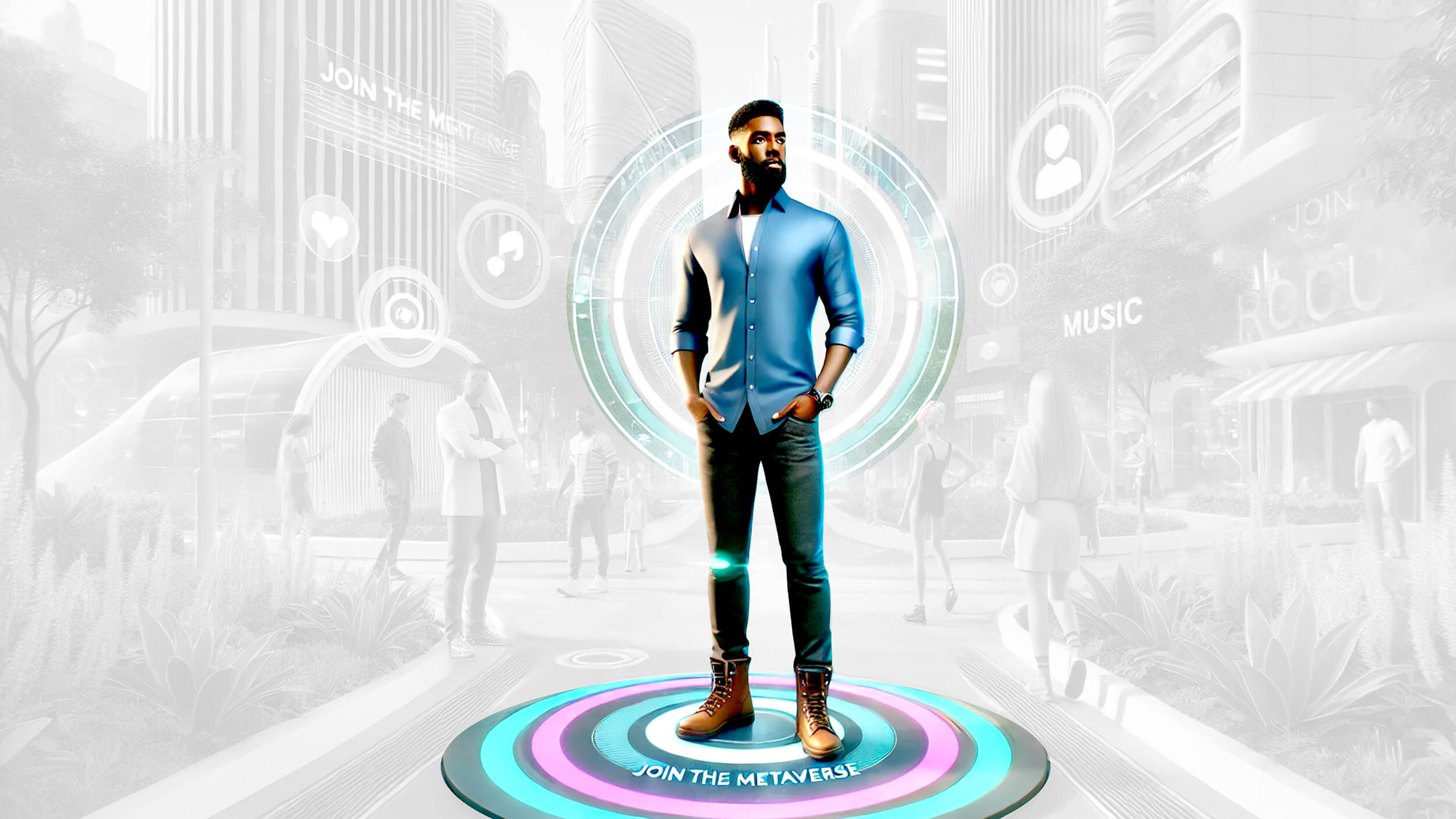
In marketing
Gone are the days of static ads. Imagine stepping into a virtual showroom to test-drive a car, virtually attending a concert, or trying on clothes using WebAR mirrors.
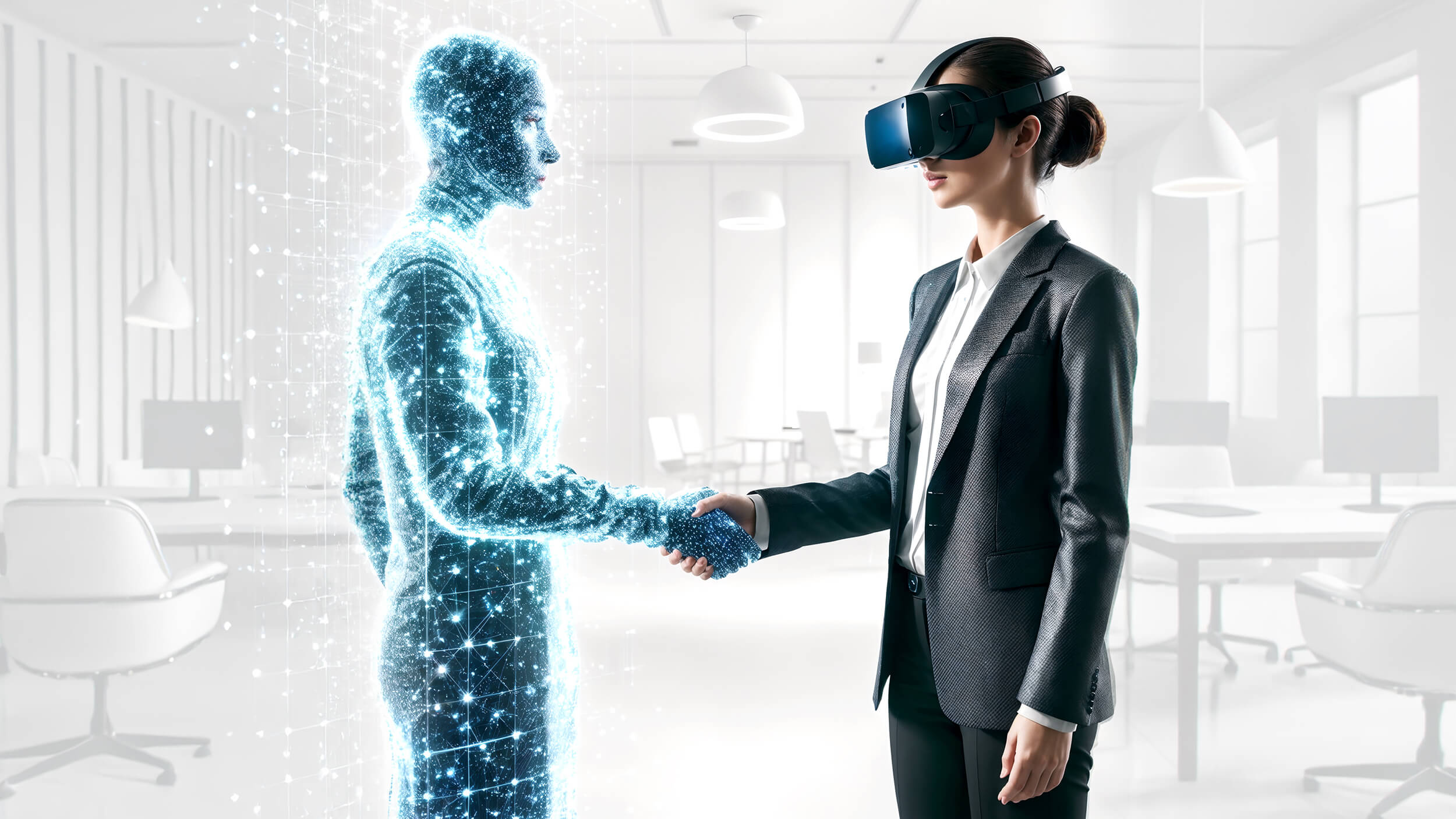
In business
Train new hires in simulated environments. Collaborate with colleagues across continents in shared virtual workspaces. Leverage immersive training, virtual meetings, and seamless global collaboration.
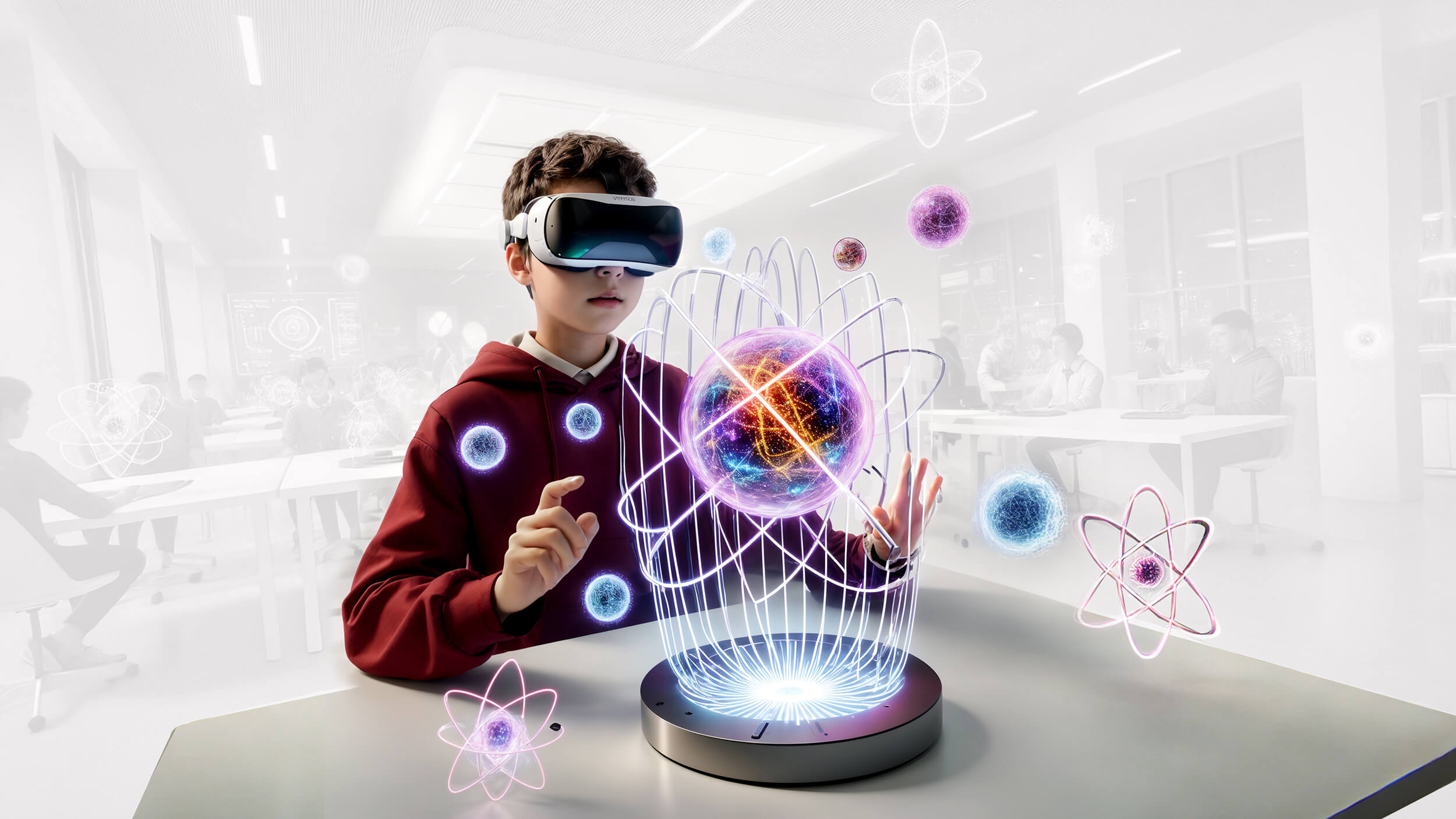
In education
Bring complex concepts to life thanks to interactive 3D models. Take a virtual school trip and transport students anywhere in the world. This incredible technology redefines learning, making it immersive, engaging, and accessible for everyone.
AR is having a big impact on attractions like museums, galleries and parks. We explore how it can drive consumer engagement and profits.
Glossary
Welcome to the glossary of the Metaverse Insights section.
Stay in the know
Sign up to our newsletter for exclusive updates and content, delivered directly to your inbox.
You can opt out at any time, please view our Privacy Policy for more information on how to unsubscribe.

